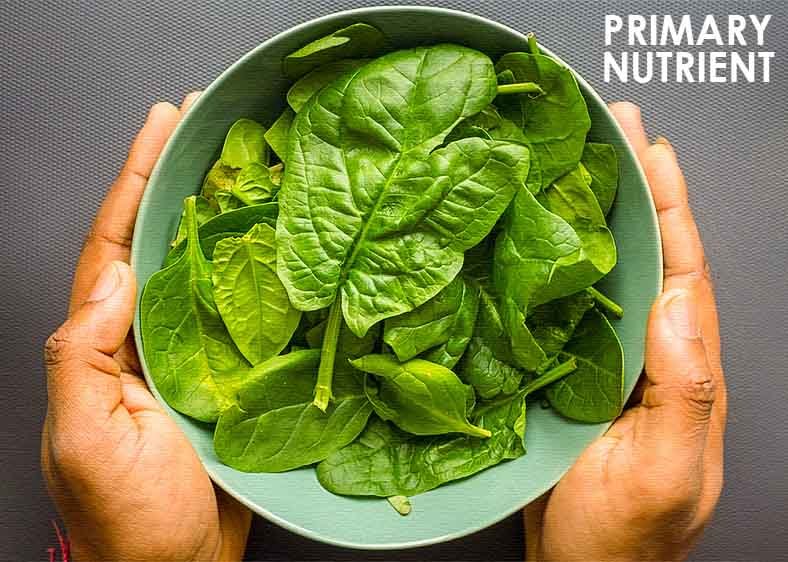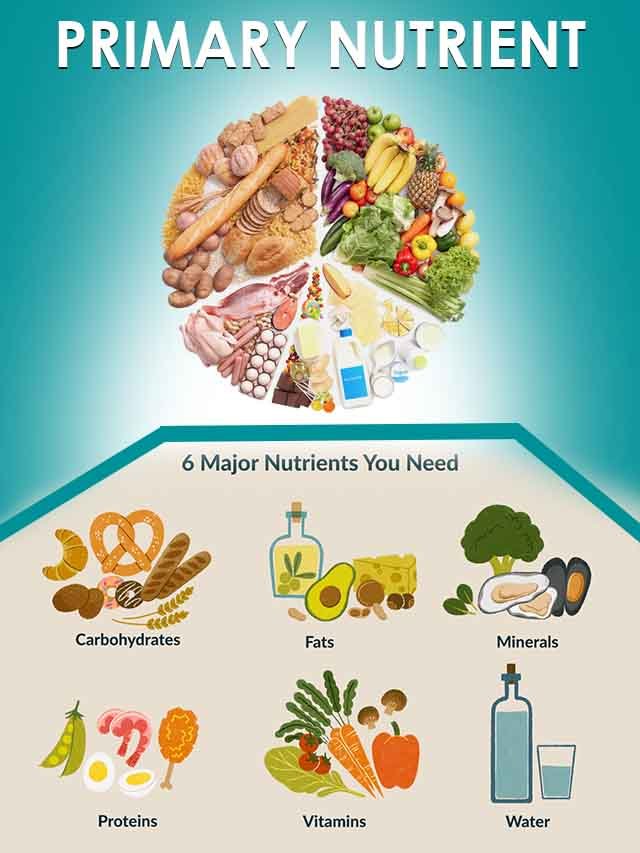
HEALTH BLOG
Exploring the Primary Nutrient We Get from Fruits and Vegetables
-
Rahul Priydarss

J
oin us on a journey through the nutritional landscape as we unveil the primary nutrient we get from fruits and vegetables.
Table of Contents
Introduction:
In the quest for a healthier lifestyle, the significance of incorporating fruits and vegetables into our diet cannot be overstated. These colourful and nutrient-packed foods have long been touted for their various health benefits, but have you ever wondered which nutrient takes the spotlight as the primary contributor to our well-being? Join us on a journey through the nutritional landscape as we unveil the primary nutrient we get from fruits and vegetables.
The Power of Primary Nutrient:
While fruits and vegetables are rich sources of an array of essential vitamins and minerals, it is the often-overlooked category of compounds known as phytonutrients that emerges as the primary nutrient responsible for the remarkable health benefits associated with these foods. Phytonutrients, also called phytochemicals, are natural bioactive compounds found in plants that are crucial in promoting health and preventing various diseases.
Diversity in Color, Diversity in Benefits:
One of the fascinating aspects of phytonutrients is that they contribute to the vibrant colours of fruits and vegetables. The rich hues—whether it be the deep red of tomatoes, the orange of carrots, or the green of spinach—are indicative of the specific phytonutrients present. For instance, lycopene in tomatoes, beta-carotene in carrots, and chlorophyll in leafy greens are all examples of phytonutrients that impart both colour and health benefits.
Understanding Antioxidants:
A significant subgroup of phytonutrients, antioxidants, stands out for their ability to neutralize harmful free radicals in the body. Free radicals are unstable molecules that can damage cells and contribute to ageing and various diseases, including cancer and heart disease. Fruits and vegetables rich in antioxidants act as a powerful defence mechanism, helping to combat oxidative stress and inflammation.
Key Antioxidants in Fruits and Vegetables:
- Flavonoids
- Carotenoids
- Glucosinolates
- Resveratrol
- Quercetin
Every point is explained in detail-
- Flavonoids: Widely distributed in fruits and vegetables, flavonoids have been associated with anti-inflammatory, antiviral, and anticancer properties. Foods such as berries, citrus fruits, onions, and tea are excellent sources of flavonoids.
- Carotenoids: Carotenoids, including beta-carotene, lutein, and zeaxanthin, are renowned for promoting eye health and supporting the immune system. Carrots, sweet potatoes, kale, and spinach are rich in carotenoids.
- Glucosinolates: Found in cruciferous vegetables like broccoli, cabbage, and Brussels sprouts, glucosinolates have been linked to cancer prevention, particularly in the digestive tract.
- Resveratrol: Abundant in red grapes and berries, resveratrol has gained attention for its potential cardiovascular benefits and anti-ageing properties.
- Quercetin: Present in apples, onions, and berries, quercetin exhibits anti-inflammatory and antioxidant properties, contributing to overall health.
Beyond Antioxidants:
While antioxidants play a pivotal role, it’s essential to recognize that fruits and vegetables offer a spectrum of other vital nutrients, with dietary fibre standing out prominently. Fibre is crucial for digestive health, promoting regular bowel movements and supporting the growth of beneficial gut bacteria. Additionally, fibre helps control blood sugar levels and contributes to a feeling of fullness, aiding in weight management.

Variety is Key:
Experts emphasize the importance of consuming a diverse range of fruits and vegetables to ensure a broad spectrum of phytonutrient intake. Each plant contains a unique combination of phytonutrients, and by incorporating various colours and types into your diet, you can maximize the potential health benefits.
The Role of Whole Foods:
While phytonutrient supplements are available, experts argue that the synergistic effects of whole foods, with their complex combinations of nutrients, are more beneficial than isolated compounds. Whole foods provide a holistic approach to nutrition, offering a balanced array of vitamins, minerals, fibre, and phytonutrients that work together to support overall health.
Challenges and Solutions:
Despite the well-established benefits of consuming fruits and vegetables, challenges such as accessibility, affordability, and lifestyle factors can hinder the widespread adoption of a plant-rich diet. Initiatives promoting community gardens, farmers’ markets, and educational programs aim to address these challenges, making fresh, nutritious produce more accessible to all.
Frequently Asked Questions (FAQs):
A1: Phytonutrients, or phytochemicals, are natural compounds found in plants. They are considered the primary nutrient in fruits and vegetables due to their diverse health benefits, including antioxidant properties that combat free radicals and contribute to overall well-being.
A2: Antioxidants neutralise harmful free radicals in the body, helping to prevent cell damage and reduce the risk of various diseases. Fruits and vegetables, rich in antioxidants like flavonoids, carotenoids, and resveratrol, act as a powerful defence against oxidative stress and inflammation.
A3: While fibre is a significant component, fruits and vegetables offer a broad range of essential nutrients. Beyond fibre, they contain vitamins, minerals, and diverse phytonutrients, contributing to digestive health, immune support, and overall well-being.
A4: While supplements exist, experts emphasise the importance of consuming whole foods. Whole fruits and vegetables provide a complex combination of nutrients, working synergistically to offer holistic health benefits. Whole foods offer a more comprehensive approach compared to isolated phytonutrient supplements.

Review:
Review 1: “Intriguing exploration of fruits and vegetables as nutritional powerhouses. Phytonutrients steal the spotlight, promoting health through vibrant colours and diverse antioxidants. A must-read for wellness enthusiasts!”
Review 2: “Unveiling the magic of phytonutrients! This article brilliantly highlights the primary nutrients in fruits and veggies, offering valuable insights into antioxidants, fibre, and holistic nutrition. Informative and compelling!”
Review 3: “A nutritional treasure trove! Delving into the power of phytonutrients, this article educates and inspires. Well-researched, clear, and concise – a fantastic guide for embracing a plant-rich diet.”
-Remember, Always consult with healthcare professionals or Doctors for personalised advice related to medical conditions.
Conclusion:
As we navigate the intricate world of nutrition, it becomes evident that the primary nutrient we get from fruits and vegetables is not a single entity but a symphony of phytonutrients working together to safeguard our health. Embracing the vibrant array of colours on our plates ensures a diverse and potent intake of antioxidants, fibre, vitamins, and minerals. So, the next time you savour a succulent piece of fruit or indulge in a crisp salad, know that you are nourishing your body with a wealth of phytonutrients – nature’s gift for a healthier, happier life.
Previous Post




